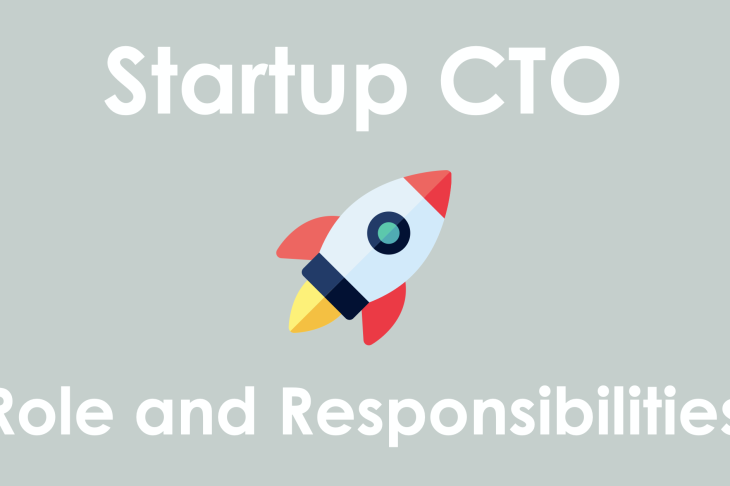
The Startup CTO: From Seed Stage to Exit
Startup CTOs often find themselves bombarded with well-intentioned advice, but the truth is, much of it misses the mark.
As a CTO at Woba.io, a SaaS startup, I frequently encounter perplexing pieces of advice in my LinkedIn feed. The often low quality of these posts can be attributed to their authors, who are not CTOs themselves but rather software engineers or content writers who are trying to give good advice based on their own personal theories or shallow research, neither of which has been pressure-tested in a demanding real-world environment.
However, I contend that much of the misguided advice and seemingly endless online discussions can be attributed to a simple source: confusion.
The role of a CTO at a startup is dynamic, with success criteria evolving significantly depending on the startup’s stage. Advice that may be entirely logical for a startup poised for an IPO — such as the CTO shouldn’t do hands-on coding — can prove lethal to a seed-stage startup.
In my mental model, I see five distinct stages of startup development, with each stage dramatically altering the nature of the CTO’s role:
- Seed Stage (Pre-Seed, Seed): In this initial phase, the startup is typically pre-product and pre-revenue. The founders are driven by a promising idea, and the primary objective is to transform this idea into a product that people want, essentially seeking the elusive initial product-market fit (PMF). While the PMF will undergo refinement in later stages, this phase serves as the foundation upon which the journey forward is built.
- CTO Role: The CTO must be a versatile engineer capable of independently transforming the product idea into a working prototype — an MVP that the startup can present to users and investors to assess their interest. During this stage, expect numerous iterations, based on user feedback, some of which may entail significant changes to the prototype, particularly in the initial iterations.
- Early Stage (Series A): The startup has successfully launched its product, gained its first satisfied customers, and achieved some initial revenue. The primary focus now shifts towards optimizing the product-market fit to create something highly desirable for a broader audience.
- CTO Role: At this stage, the CTO will be leading a small, tight-knit team of engineers who are rapidly enhancing the product, moving it ever closer to its optimal product-market fit. Simultaneously, the team must ensure the smooth operation of a live system with real users, underscoring the increasing importance of quality assurance and customer support within the CTO role.
- Growth Stage (Series B-C): With the startup’s optimal product-market fit firmly in place and a crystal-clear understanding of its potential customer base, significant investments now flow into the startup, all geared toward the rapid acquisition of as many of these customers as possible.
- CTO Role: The CTO must facilitate explosive user growth, rapidly scaling everything from infrastructure to the engineering team to accommodate this high growth. This involves swift hiring while the CTO’s role also transforms into that of a manager of managers within an ever-growing organization.
- Expansion Stage (Series D+): The startup, having maxed out organic growth within its customer base, now explores new avenues for expansion. These pathways may encompass global expansion, competitor acquisitions, the launch of new product lines, or the establishment of strategic partnerships.
- CTO Role: The scope of the CTO’s responsibilities varies depending on the chosen avenue of expansion. For global expansion, it entails product internationalization (beyond mere translation). Acquiring competitors necessitates rigorous technical due diligence and integration into the current platform. The introduction of new product lines involves the incorporation of additional teams into the existing engineering organization.
- Exit Stage: Eventually, founders and investors will reach a crucial decision — the divestment (selling) of their ownership in the startup, typically achieved through an IPO (e.g., Facebook), a sale to a strategic buyer (e.g., Instagram to Facebook), or a transaction with a private equity firm.
- CTO Role: At this stage the CTO will typically lead the product/tech workstream part of the exit process, sometimes even in secret, while continuing to do their day job as CTO.
As evident from the above, the role of a startup CTO undergoes profound transformations throughout the startup’s journey, evolving from a one-person powerhouse to a manager of managers, and from a garage-based operation to a fully-fledged enterprise. Alongside these shifting dynamics, the criteria for achieving success in this role also undergo remarkable changes, as do the tips and tricks that can help the CTO becoming successful.
If you’d like to receive an email when the next post, please consider signing up here.

